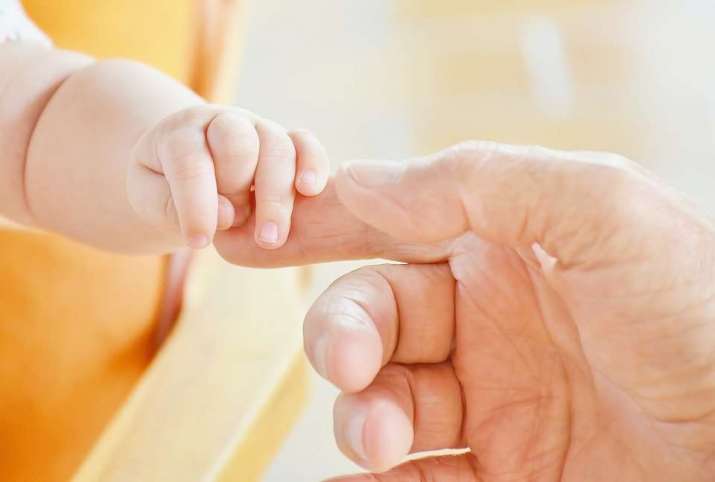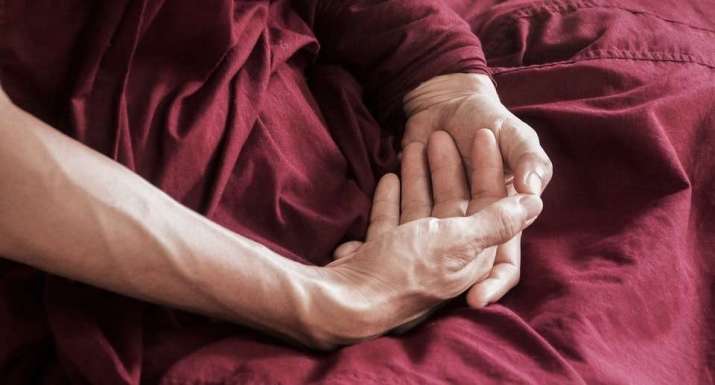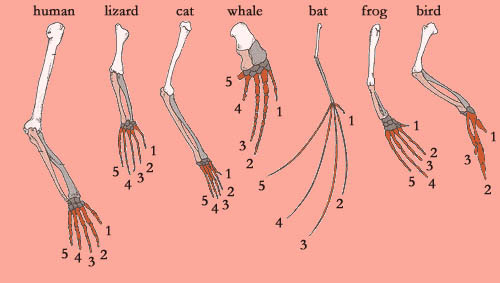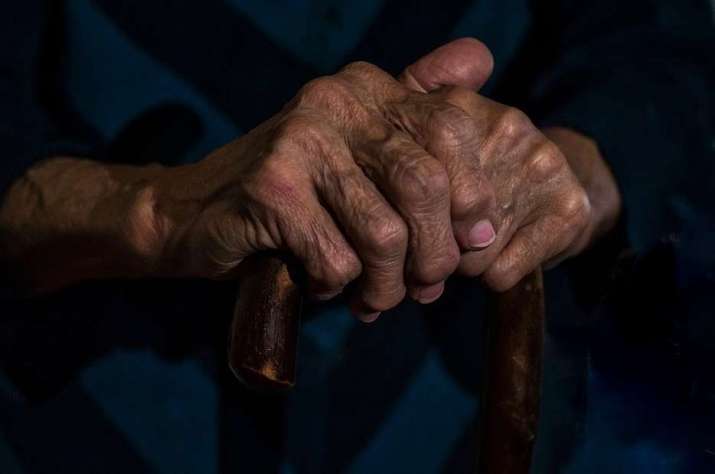FEATURES|COLUMNS|Bringing Mindfulness to Life
Relearning Our Being in the World: Touching Deep Time

To use the world well, to be able to stop wasting it and our time in it, we need to relearn our being in it. — Ursula Le Guin
Creatures of habit and seekers of comfort that we are, it is only too easy to acquiesce to the non-creative ways of living prescribed by modern market forces. “Consume doom doom doom” goes the refrain of an activist song, but it’s no good being too gloomy about our complacent and destructive ways either. So what will help us to joyfully “relearn our being” in the world, hopefully leading to more planet-friendly behavior? In his poem “For all,” Gary Snyder pledges “allegiance” to:
one ecosystem
in diversity
under the sun
With joyful interpenetration for all.
Snyder’s call is fueled by being out in wild nature, in the “rustle and shimmer of icy creek waters.” Since access to such wilderness is limited for most of us, at present anyway, perhaps a meditation will have to do as a means of stimulating our felt sense of belonging to all life, through Deep Time.
I invite you to slowly read through this reflective meditation on “Touching Deep Time”* I suggest you take the time to close your eyes between the paragraphs and let the words and images resonate through your being.
Sit comfortably and begin by giving your hands a brief massage. Then let one of your hands rest nestled in the other, perhaps supported on a cushion, for ease in shoulders and neck. Sense the aliveness of that hand, the warmth and weight of it, how it tingles with energy.

Remember some of the things the hand has done today, helped you get clean, dressed, and fed. Perhaps it has done things for others too, written a text or email, caressed a child or pet, or waved to someone. But now, nothing needs to be done. It can simply rest, cradled by the other hand and held in kind awareness. Feel your breathing in this quiet spaciousness and let your breath be a thread throughout this exploration: breath, hand, heart.
Now we start to reflect on the relatedness of our hand to the extremities of other living beings; how in the course of evolution, this hand has been a fin, a wing, a paw, or a hoof. It’s an ever-changing story of theme and variation. This hand is our link with sister dolphin and brother horse.
In this lifetime, in our mother’s womb, this hand grew together with our heart, from the same stem cells. At some point the hand resembled the paddle of a turtle. At birth, this tiny hand, with its perfect little finger nails, was able to firmly grasp and hold on to its mother’s hair.
Soon this hand began to explore the world, playing with food, with toys, learning which things are dangerous, too hot or too sharp. Held by other hands, you learned to walk. Encouraged by others and drawn by natural curiosity, you learned to draw and write, to shuffle cards. This hand worked out how to tie a shoe lace, hold handlebars, use a hammer, handle money, perhaps how to play an instrument.
This hand has changed its appearance over time. Once it was incredibly soft and smooth, and gradually has become drier and more wrinkled. It has been shaped by immersion in the great elements, earth, water, fire, and air. Its form, scars, and callouses tell stories of its encounters with the world. So much life experience of giving, of creating, are evident in this hand.

From facebook.com
Now we use our imagination to reach out with our hands to other beings, starting with a person dear to us. Holding their hands, we allow our care to flow from the heart through to them and receive their love in turn. Perhaps your breathing supports this exchange of loving energy, of giving and receiving with your exhalations and inhalations.
Now we bring to mind a relative stranger, the postman perhaps, or a checkout assistant. In our imagination we are allowed to hold their hands and we connect with their humanity. How their hands have gone through the same journey of evolution as ours, have learned skills for living in similar ways, have sought connection with others just as we do. Not so many generations ago we shared an ancestor. Like us, they need love, friendship, and self-expression in order to thrive.
If it feels right, we now allow our hands to reach out and hold the hands of someone with whom we have some difficulties. Is it possible to connect with their humanity too? Can we sense their vulnerability, just like ours? The longing to be seen, to be respected, to be in harmony. Staying in touch with the give and take of our breathing and a felt sense of deep-time relatedness, we can perhaps allow some of our small-self fears and resistances to melt away.
In this way, in your own time, let yourself hold the hands of human beings of any age, colour, gender, and perhaps particularly those who experience fear and pain. People in hospitals, prisons, refugee camps, wherever your imagination takes you, letting love communicate itself directly into their being. You may want to include other mammals, birds, fish, trees, and the life in soils, including the vast fungal networks connecting all plants.

Letting your hands touch beings that are no longer alive, some of the extinct species, those 99.9 per cent of all that have ever lived on Earth: grandmother mammoth, grandfather saddle-backed giant tortoise. Resting in your breath and opening to that awe-inspiring sense of connection with life through deep time.
And finally, reaching out into the future, making contact with our children’s children’s children, to the seventh generation maybe. Letting them know you care.
Now let yourself rest and breathe. Simply letting life flow through you.
For me, such explorations lead to an experience of awe and re-evaluating my place on the Earth, feeling myself to be both more and less precious. An image arises of my skeleton ossified in stone, like an ammonite, discovered by some future being.
* Loosely based on the “Cradling” exercise in The Work That Reconnects, where the hand and other limbs are held by another person.
See more
Living Mindfulness
Holy Isle Centre For World Peace And Health
Related features from Buddhistdoor Global
One Foot on the Cushion and One in the Streets — Meditators for Climate Action
Can’t Sit with It? Then Walk with It!
The Psychology of Color: A Simple Practice in Reflection, Part Six
Sitting with the Earth














